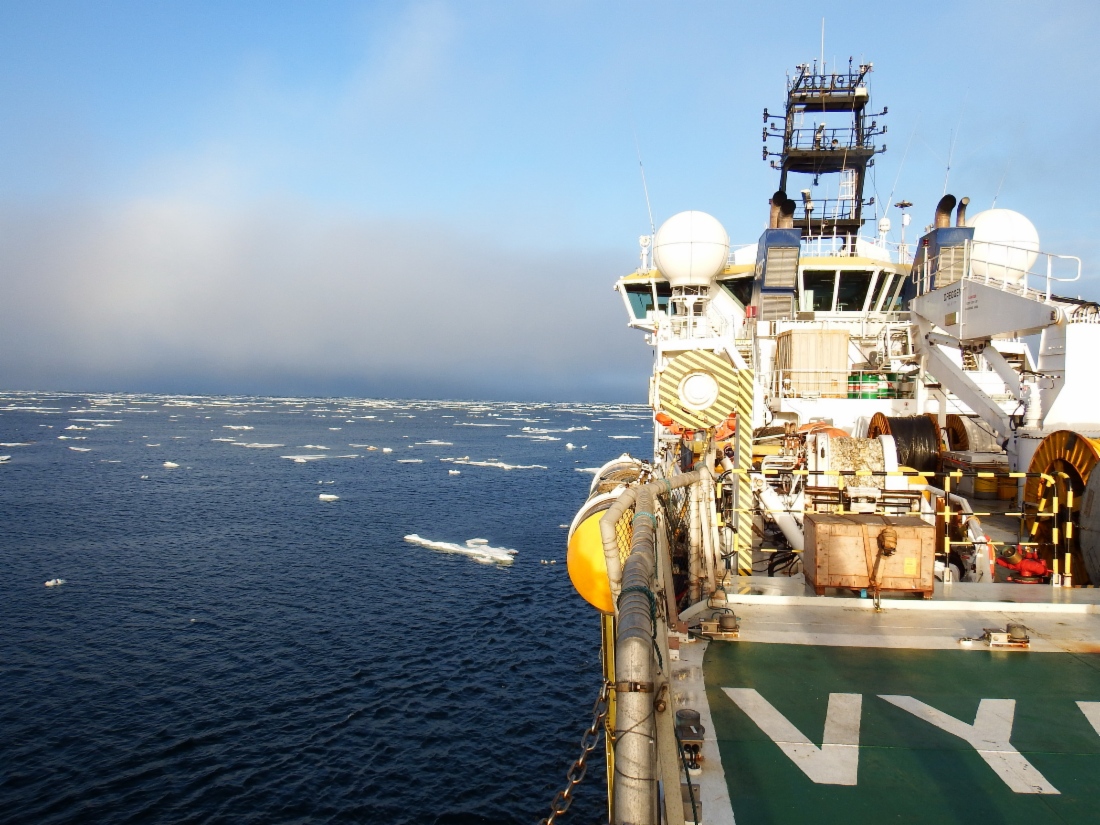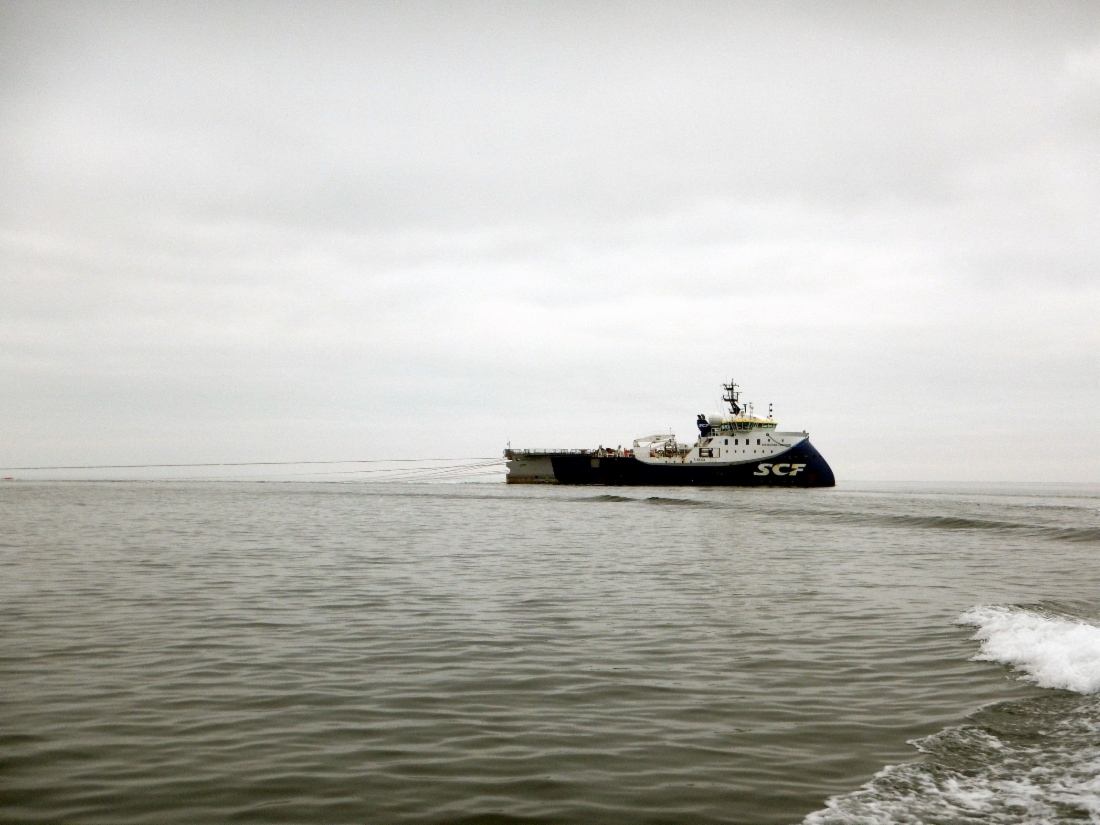Gazprom Geologorazvedka starts offshore geophysical survey in Barents Sea
RELEASE

Gazprom Geologorazvedka
News from projects and regions
On May 1 Gazprom Geologorazvedka first started offshore geophysical survey within the Ludlov licensed block in the Barents Sea. 3D seismic survey to be completed during the navigation season will encompass an area of 3,200 square kilometers.
The company has commissioned the research to Marine Arctic Geological Expedition (MAGE). The geological study will be performed using the Vyacheslav Tikhonov seismic research vessel. All incoming data will be undergoing quality control and initial processing onboard in a continuous mode.
Just before the start of the seismic research in the Barents Sea, a study-related meeting was held at the port of Murmansk, in which representatives of Gazprom Geologorazvedka, leaders of the future research crew and project supervisors took part.
The meeting attendees discussed matters related to the work to be completed for the project, held one final discussion of and approved the geotechnical assignment and developed a joint strategy to respect and follow international health, safety and environment rules.
“The geophysical survey conducted in the Barents Sea in the Soviet period facilitated primary identification of gas prospects in the Arctic offshore areas. Advanced monitoring and seismic technologies, including 3D technique methods, will be used by Gazprom Geologorazvedka in that area for the first time. Their objective is a more in-depth study of the region, which will ensure higher accuracy in assessing gas reserves and environmental risks we might face when carrying out future exploration drilling projects,” said Alexey Davydov, Director General of Gazprom Geologorazvedka.
Background
Gazprom Geologorazvedka is a 100 per cent subsidiary of Gazprom. The company is focused on arranging and performing geological exploration within Russian onshore and offshore licensed blocks of Gazprom and its subsidiaries. The company is committed to preserving the ecosystem in areas of its operations.
Set up in 1972, MAGE is a provider of integrated solutions that help cope with geological challenges in the development of Russian mineral resources. MAGE renders geological and geophysical services in studying the structure of littoral, transit and offshore areas in the Arctic seas and elsewhere around the globe (2D/3D seismic processing and interpreting, environmental studies, engineering surveys).
The technologies used for offshore seismic research meet international standards and requirements of Russian environmental laws. In particular, seismic source points are equipped with a ‘soft launch’ system (the system operation principle provides for a quiet start in order to keep aquatic animals away from the seismic survey area). The research vessel is equipped with a hydro-acoustic monitoring system that helps detect marine mammals and suspend work on their approach.




